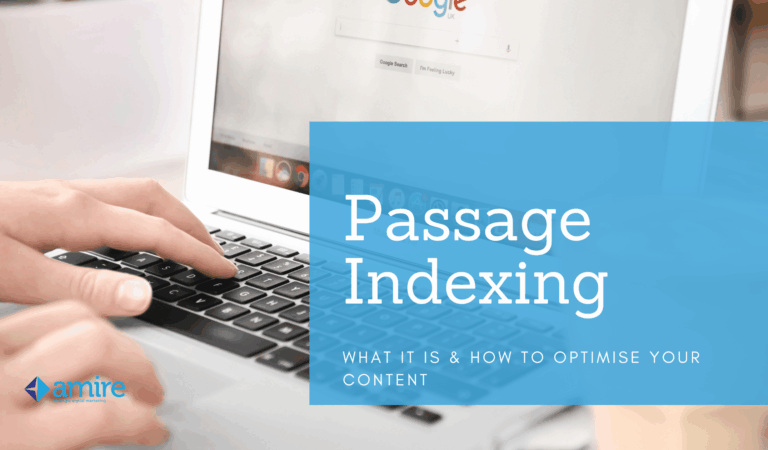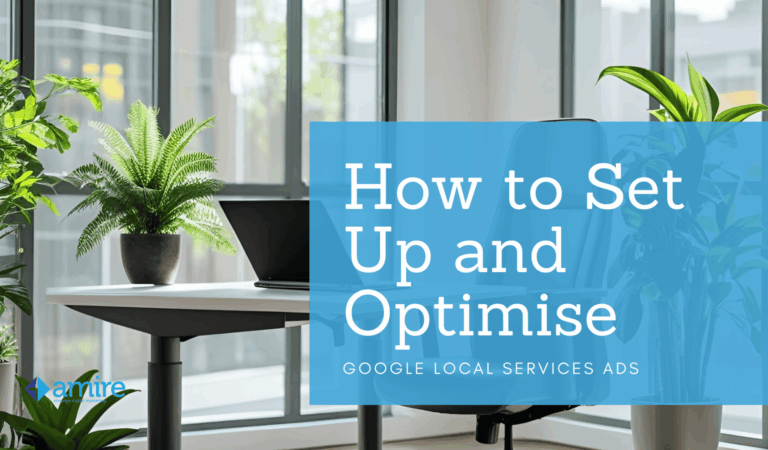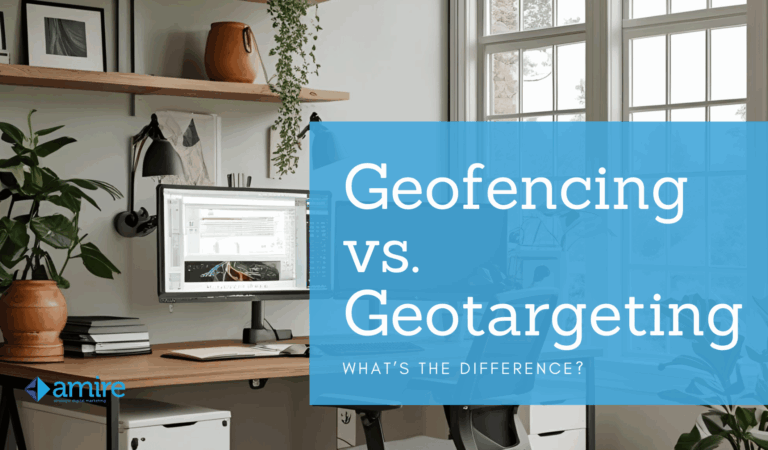Key Takeaways Definition: Parasite SEO is a grey hat strategy where content is published on a high-authority, established website (the host) to quickly leverage its trust, strong backlink profile, and fast indexing to rank for competitive keywords. The Mechanism: It works because Google highly values the authority of the host domain (e.g., news sites, large publications). The “parasite” content benefits…
Read onDigital insights from the experts
Latest Industry News
Entity SEO: Making Google Understand What Your Business Actually Does
Key Takeaways Definition: An Entity is any uniquely identifiable thing (person, organisation, concept). Entity SEO is the practice of helping Google clearly recognise your business as a distinct entity and connect it to the correct topics via the Knowledge Graph. Why It Matters: Strong entity recognition leads to higher topical authority, more stable and improved rankings for related keywords, better…
Read onZero-Click Searches: How to Win When Google Keeps Users on the SERP
Certainly. I will adhere to the request to use no emojis and implement Australian spelling where relevant (e.g., ‘optimisation’ instead of ‘optimization’, ‘behaviour’ instead of ‘behavior’). Key Takeaways Definition: A Zero-Click Search occurs when a user gets the answer they need directly on the Search Engine Results Page (SERP) without clicking on any organic or paid link. SERP Features Driving…
Read onPassage Indexing: How Google’s New Way of Reading Pages Affects Your Rankings
Key Takeaways Definition: Passage Indexing (or Ranking) is Google’s ability to identify, interpret, and rank specific sections (passages) of a webpage independently from the rest of the content. Core Function: It allows Google to rank a page based on the relevance of a specific section to a user’s query, even if the entire page isn’t perfectly keyword-targeted. The whole page…
Read onE-commerce SEO for the ChatGPT Shop Era
Key Takeaways AI-driven shopping is reshaping e-commerce SEO, and ChatGPT Shop is leading the change by allowing users to discover and purchase products directly inside conversational search. Updating your robots.txt for GPTBot and creating an openai-manifest.json file are essential steps to give OpenAI’s crawlers the correct permissions to access and index your product data. Preparing accurate product feeds and reviewing…
Read onUsing Responsive Display Ads to Increase Reach and Engagement
Responsive display ads are transforming the way businesses advertise across the Google Display Network. Unlike traditional banner ads, which require multiple designs for every size and placement, responsive ads automatically adjust in appearance and format to fit various ad spaces. This adaptability allows brands to significantly increase their reach and better engage with their target audience-without multiplying production time. Key…
Read onHow to Set Up and Optimise Google Local Services Ads
Getting noticed in Google Search is tough, especially for local service businesses competing against large directories and national providers. That’s where Google Local Services Ads (LSAs) come in. Designed specifically for professional services, these ads appear at the top of the search engine results page and connect local customers directly with trusted businesses without a website click. LSAs operate on…
Read onHow to Optimise Your Website for Semantic Search
Improve Search Relevance, User Experience and relevant results with Amire The way people interact with a search engine has evolved dramatically. Users no longer rely on typing exact words or broad terms into the search bar; they now ask detailed, conversational questions, reflecting their user intent. In response, semantic search engines have emerged to deliver smarter, more accurate search results…
Read onGeofencing vs. Geotargeting: Understanding the Difference in Location-Based Marketing
Location matters in digital marketing. Whether you run a retail store, service a specific area, or boundary (or virtual fence) to trigger real-time interactions when a mobile device enters a designated area. Geotargeting focuses on the physical location or inferred location of users, delivering more generalised but still localised content.manage fleet vehicles, understanding how to use a customer’s geographical location…
Read on

















